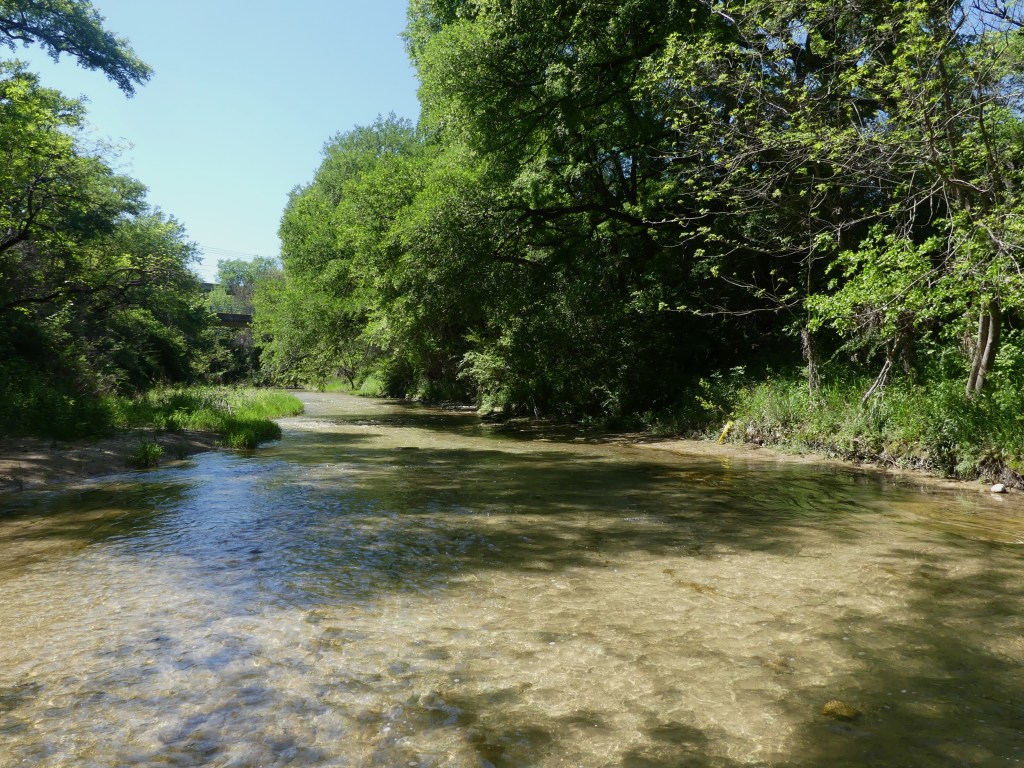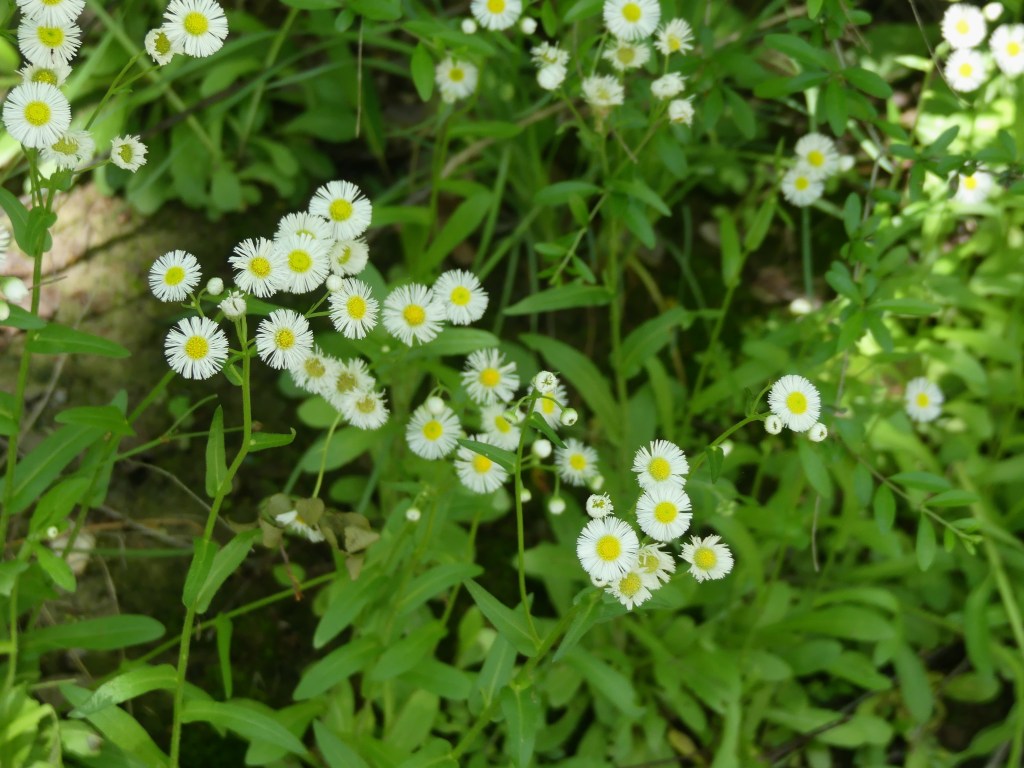In her book, Wild DFW, Amy Martin says that people like her and me are “creek kids.” Each of us spent some formative years wandering nearby creeks. In my case the creek was my second home from about age 12 until high school, sometimes going with a friend or two and sometimes spending most of the day there by myself. For Amy and for me, the creek played a part in creating a lifelong love of nature. What would have happened, had we not had a creek, or a woods, or a prairie? I strongly suspect that if childhood slips away before we have had a close acquaintance with some place in nature, it might be too late. If there had been no creek, maybe I would have an intellectual or aesthetic interest in nature, but I don’t see how it could ever feel like home. For a creek kid, the attachment to places in nature and the things that live there is visceral. It’s like a beloved sibling, not a casual acquaintance.

My creek was and is in western Tarrant County in what originally was prairie with black soil above white limestone. It sometimes filled up and ran like a raging river, but mostly it flowed quietly in a small stream from one pool to the next over that limestone. Under overhanging tree branches the water was sometimes crystal clear and cool, and mostly I had sense enough not to drink it. It was, in the early 1960s, full of wildlife, enough to keep me coming back day after day during the summer. My passionate interest was herpetology, but I was learning to love the armadillos, herons, and sunfish along with the reptiles and amphibians.
The creek is still there, but much has been lost in the 60 years since I first walked and waded it. The spaces between pools, those broad gravel bars and broken slabs of limestone, were inhabited by greater earless lizards in colors of pale gray and chalk white. They would run ahead and stop, waving their tails to expose black bars underneath (perhaps meant to confuse or disorient a predator). I haven’t seen one at the creek in many years. Ribbonsnakes used to thread their way through stream side vegetation, hunting for cricket frogs. When spooked, these slender harmless snakes would swim across the pools with bright orange and cream-colored stripes glistening in the sunlight. They seem mostly to be gone as well, at least at my creek. As populations of wildlife disappear here and there, younger generations know of them only through the memories of us older naturalists, or they may never know what is missing (see the article on shifting baseline syndrome).
I keep coming back, though the city’s development has forced me to find access points further upstream. Occasionally I will bring someone, but it’s a little like in Mary Oliver’s poem, “How I Go to the Woods” – those who smile and talk too much are kind of unsuitable, and if I do take someone, it is a person with whom I feel comfortable and close.

In particular, my visits there with Elijah have been important to me and, I think, to him. He is not quite a grandson but I’ve known him since he was born, so he’s family. I first took him to see the creek when he was six, and we’ve visited on and off since then. I described one such visit in an issue of “Letters to Nature Kids.” Giving kids time in nature, introducing them to the turtles and fish and other things that set the engines of curiosity and wonder in motion, that feels like part privilege and part responsibility. Taking my granddaughter for a walk to see birds and draw in the sand on the path through the woods is a great pleasure, and I think it is more than that. It is planting seeds that might, if she chooses, grow into a source of joy and connection with the world around her.

So my creek is still there and has not been swallowed up by the city. I imagine kids playing in that creek and exploring it as I once did. I imagine it, but I do not see it. I have not seen anyone who appeared to be playing or learning about the life of that creek in a long time. Is this part of the cultural trend that Richard Louv wrote about in Last Child in the Woods? He documented the increasing tendency for children to play inside, to spend their time in front of screens, with little time in woods and fields. As parents, we may worry that no place out of our sight is safe. For a child to be outdoors for an extended time away from contact with a parent seems neglectful to many people. Yet I survived and thrived at the creek with no cell phone, just a watch and a rendezvous time for mom to pick me up.
I hope you have a creek, and that you take your kids or somebody’s kids there. I know that it might not be a creek; it could be a woods or a pond or some other place in nature. I would love to hear about it in the comments – either a place in your memory or some place you can visit right now. And I hope that you can visit it, for an hour or a day.

